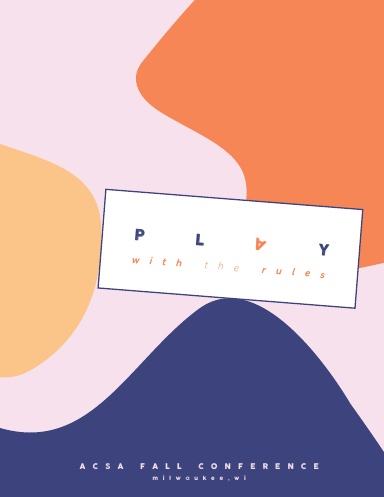Author(s): Trevor Ryan Pratt
This research project proposes an interactive platform for rethinking the approach to the redevelopment urban village as a dynamic process. As opposed to a totalizing masterplan, the model instead suggests incremental changes that can engage with the existing village metabolism—mitigating the labyrinth of dead-end alleyways by introducing small setbacks during new construction to function as pedestrian links, inserting pocket parks into unusable parcels, or coordinating building heights to better ensure access to light and air. The significant aspect of this platform is that these proposals can be automatically generated by a computational analysis and that, implementing a multi agent system, they are inherently distributed computation. This leads to punctual interventions, that do not need to disrupt other ongoing informal activity and are neither reliant on any singular part for the overall success of the project. The combination of dynamic modelling and a limited, ‘myopic’ multi agent analysis makes this model robust to the kind of irregularities in informal development that cause problems for conventional masterplans. In this way the project can introduce some planning guidelines while also respecting the villagers’ self-determination, everyone can play along, each in their own way—accepting proposals, rejecting them, or just going their own way.
Volume Editors
Jasmine Benyamin, Kyle Reynolds, Mo Zell, Nikole Bouchard & Whitney Moon
ISBN
978-1-944214-28-9

 Study Architecture
Study Architecture  ProPEL
ProPEL 
